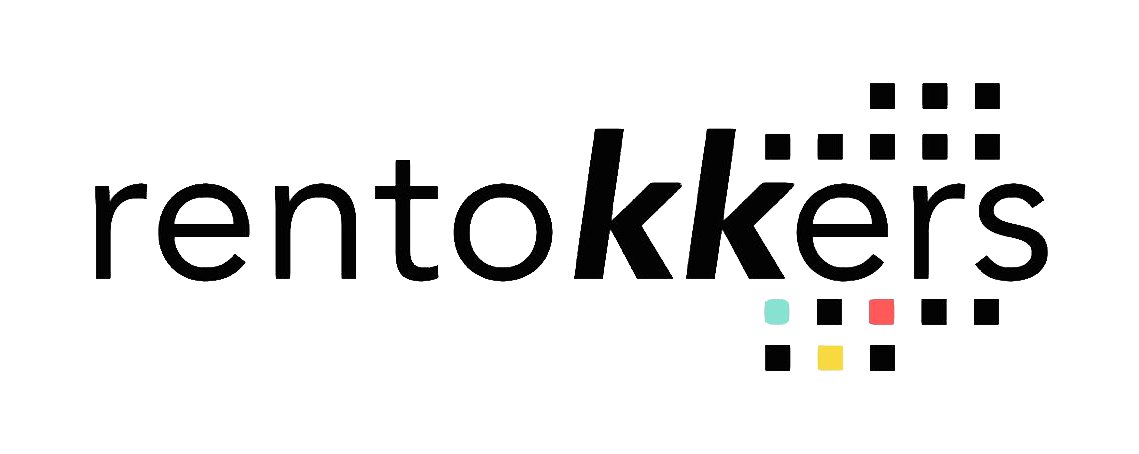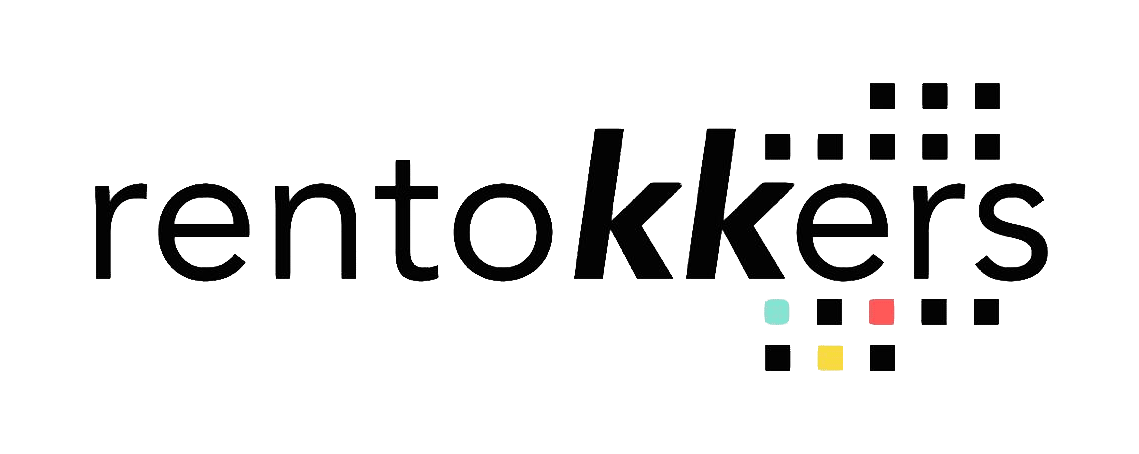
Introduction: A New Market Without Old Rules
Every financial innovation runs faster than regulators. Tokenization is no different. While the technology moves quickly, the laws crawl behind. The result? Grey zones. For tokenized real estate
, legal clarity can make or break projects.
Why Regulation Matters in Real Estate
Real estate is heavily regulated because it deals with large sums of money and the backbone of personal wealth. Add blockchain to the mix, and governments want to know:
-
Who owns what?
-
How are profits taxed?
-
Are tokens securities?
-
What happens in a dispute?
Without answers, investors hesitate.
The Big Question: Are Tokens Securities?
In most countries, if a token represents ownership or revenue rights in real estate, it’s treated like a security. That means:
-
You may need approval from financial regulators.
-
The issuer must follow disclosure rules.
-
Secondary trading might require licensed exchanges.
This is both a burden and a safeguard.
Different Countries, Different Rules
-
USA: The SEC treats most real estate tokens as securities. Projects must use Regulation D, A+, or S exemptions.
-
Europe: The EU is working on the MiCA regulation, which will harmonize crypto laws. Real estate tokens will likely fall under existing securities law.
-
Latin America: Mexico and Brazil have crypto laws, but real estate tokenization sits in a grey area — not fully banned, not fully approved.
Case Study: Aspen Coin
The St. Regis Aspen resort tokenization faced SEC oversight. Tokens were offered under Regulation D to accredited investors only. This limited accessibility, but also made the project legally sound.
Why Grey Zones Slow Adoption
Investors ask: Will my token be valid in 5 years? Will regulators shut down the exchange?
Developers ask: Do we spend $100k on compliance or move forward and hope?
This hesitation creates friction.
Possible Paths Forward
-
Clearer Regulation: Governments create explicit rules for tokenized real estate.
-
Partnerships With Licensed Entities: Working with regulated exchanges reduces risk.
-
Self-Regulation: Industry bodies setting standards to protect investors.
The Long Game: Regulation as a Catalyst
Ironically, more regulation may accelerate adoption. Once investors feel safe, institutional money can flow in. Compliance isn’t the enemy — it’s the entry ticket to the mainstream.
Conclusion
Tokenization is about more than tech — it’s about rewriting access, ownership, and trust. For small investors, it opens doors. For regulators, it opens headaches. But as the dust settles, tokenized property is moving from the margins to the mainstream.
Visual Ideas (max 3):
-
Map graphic: US, EU, Latin America with labels showing how each region regulates tokenized real estate.
-
Scale of justice: blockchain tokens on one side, legal books on the other.
-
Timeline graphic: 2018 Aspen Coin → 2020 MiCA draft → 2025 global frameworks.

